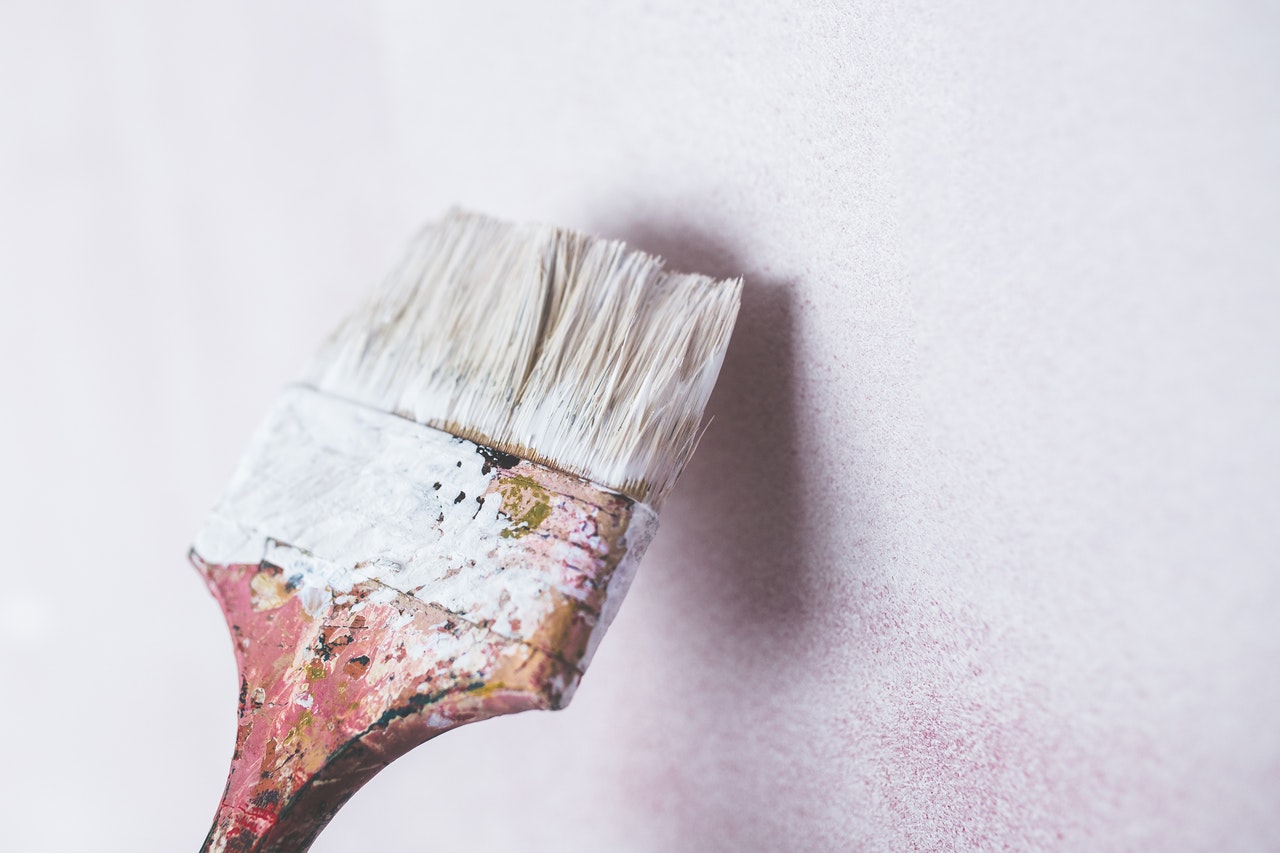Disclaimer: This website provides health information for educational purposes only and is not a substitute for professional medical advice, diagnosis, or treatment. Always seek the guidance of a qualified healthcare provider with any questions you may have.
After spending money on home loans and the other expenses associated with buying property, you would hope your home would be healthy. But is it?
Your house should be a haven. You have spent significant amounts of money on buying it and making sure it is just right, perhaps taking out home mortgage loans to give you a financial helping hand. It should be somewhere that you come home to every night, kick off your shoes and relax, safe in the knowledge that no harm is going to come to you or your family.
Or is it?
You may be surprised at just how many hazards and dangers there are lurking in your home. We aren’t talking about the obvious ones, but the more subtle ones. The ones that you don’t notice on a daily basis but are there, making you and your family sick. Let’s take a closer look at some ways in which your house can make you sick.
Asbestos
If your house was constructed between 1920 and 1978, it could contain asbestos, which was then widely used as a construction and insulation material. Exposure to small amounts of asbestos does not necessarily affect you, but high levels of breathing it in may increase your risk of developing cancer and lung disease. Only specially qualified and approved contractors can remove asbestos, but there are ways to identify whether it is present in your property.

Lead paint
Many of the houses constructed in the United States before 1978 contain lead paint. This is known to cause lead poisoning in almost 900,000 American children every single year. If you have a small child at home that is at risk of exposure to lead, speak to your doctor about getting your child’s blood checked for lead levels. If you live in an older house, consider checking for lead paint.
Carbon Monoxide poisoning
Alongside nitrogen oxide and sulfur dioxide, carbon monoxide poisoning can be fatal and sadly kills numerous people every year. It is odorless and colorless, so very difficult to pick up on. It can cause flu-like symptoms — headaches, extreme fatigue, respiratory illness, and even the smallest exposure can be enough to kill or cause severe problems. Consider having a carbon monoxide detector installed in your home — a little like a smoke alarm — to pick up any signs of the chemical, and avoid using unvented combustion appliances such as camping stoves and gas BBQ’s inside the house.
Clean and maintain your chimneys every year and make sure they have adequate ventilation. Call out a certified gas engineer to check any appliances that run on gas, and if they are showing any signs of damage or gas leakage, isolate them and do not use them.
These are just a few of the ways in which your house can make you and your family sick. It doesn’t matter how expensive your house was, how big your home loans were, they still have the same risks. Keep an eye out for them and call the professionals in if you are unsure.




